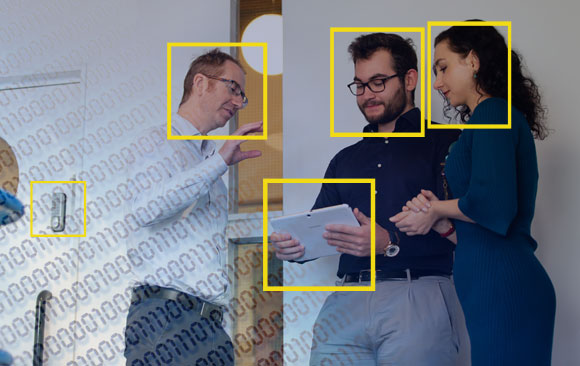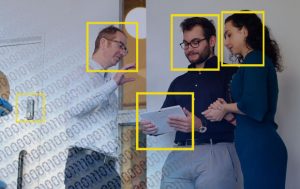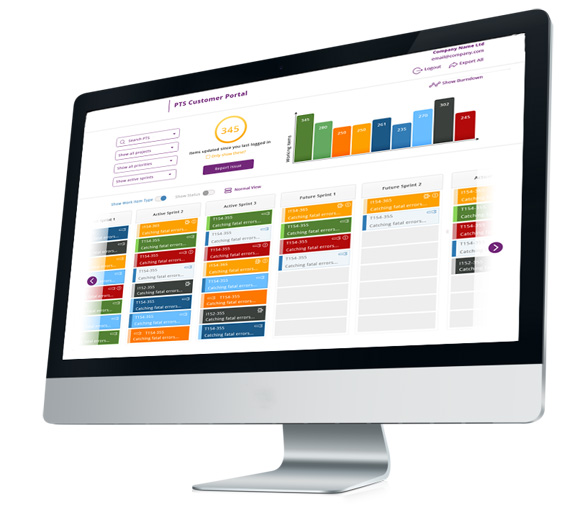What Are Intelligent Applications?
Intelligent applications are those that make contextual predictions and smart decisions by combining large amounts of data through iterative processing and machine learning algorithms so that they learn to do a specific task or provide a highly personalized experience for users.
Intelligent applications generally incorporate machine and deep learning algorithms into their everyday functionality to make the job of users easier – for example in the form of mundane task automation or predictive capabilities – and to help companies work smarter and make more intelligent decisions. Specific deep learning capabilities that are already widely used include natural language processing, computer vision, and speech recognition.
Intelligent apps have several typical features:
- They are data-driven – intelligent apps can process data from a variety of sources into useful information.
- They are contextual and relevant – they allow better use of a device’s capabilities to offer highly relevant knowledge and recommendations in real time.
- They are continuously adapting – intelligent apps constantly adapt and boost their performance, thanks to machine learning.
- They are action-oriented – they provide customised and actionable feedback by using predictive analytics to anticipate user behavior.
- They are multichannel – they can be used across web, native and mobile apps – and Progressive Web Apps (PWAs) are increasingly the preferred way forward.
Examples of intelligent software include:
Conversational interfaces – such as Amazon’s Alexa, Apple’s Siri, and Google Home. Although these apps are consumer-oriented, the use of speech recognition to interact with business software is an innovation that is starting to enter the B2B world.
Intelligent decision-making — business intelligence software uses machine learning to remove some of the guesswork from critical business decisions. It also makes executive decisions more defensible and less prone to human error. This is because intelligence software can prepare, analyse and visualise complex data – for example, datasets from multiple sources, possibly containing terabytes of data relating to thousands of users – so providing analytical proof and predicted outcomes.
Fraud Detection – Machine Learning can prevent fraud by analyzing transactional patterns and automatically flagging up any suspicious activity, such as in online banking.
Personalization — the use of machine learning algorithms allows personalization, offering users unique experiences, such as those used by Amazon to help personalize consumer shopping or the film recommendation capabilities of Netflix. These types of intelligent applications recognize users and their interactions, which can then be used to make recommendations.
Predictive capabilities – predictive functionality works on the principle of executing an outcome using AI and machine learning algorithms that look at past user behavior. So, for example, if you have a reoccurring entry in a monthly report, it will assume the same entry applies to the next report too. In this way, it predicts what will be on the report and automates it. Commercial businesses can use predictive functionality to forecast product demand – buying the right amount of inventory or replenishing stock in advance.
Automation of mundane tasks – business automation that utilizes machine learning is an effective way to remove tedious tasks from employees so that they can focus on more important aspects of their jobs. This sort of automation does not make people obsolete but instead offers an additional tool to help improve their performance at work.
Image Recognition
Image recognition involves identifying images and categorizing them into one of several distinct classes. In this way, image recognition software can define what’s shown in a picture and distinguish one object from another. Generically speaking, enabling machines with the ability to analyze images is called Computer Vision, which in turn is based on Deep Learning (a set of automatic learning techniques and technologies based on artificial neural networks).
These neural networks are designed to recognize patterns, and the more layers the network has, the greater its predictive capability. Hence, for image recognition, deep neural networks (DNNs) are used, which refers to artificial neural networks with possibly hundreds of layers.
The leading architecture used for image recognition and detection tasks is Convolutional Neural Networks (CNNs), which consist of several layers, each perceiving small parts of an image that are collected together to represent the entire image. The layer below then repeats this process on the new image representation. In this way, the system learns about the image composition.
Vale IT Ltd Experience
At Vale IT Ltd, we’ve used Google Vision for custom software projects requiring image recognition capabilities, as it allows us to connect our custom code to Google’s image recognition capabilities.
We’ve found that Google’s Vision API provides pre-trained machine learning models that are able to assign labels to images, and quickly classify them into millions of predefined categories. It allows the detection of objects and faces, read printed and handwritten text, in addition to building a catalogue of valuable metadata. Google’s Vision API clusters images with similar features together to form a homogeneous set. When a user then searches for an image, the API extracts features from the image and determines which cluster it is most likely a part of.
This type of capability is of significant value in the e-commerce sector, as it allows customers searching for a specific product to compare products in the retailer’s online site with their query image and return a ranked list of visually and semantically similar results.
Amazon Rekognition is another machine learning image and video analysis tool that we’ve used for biometric face detection in custom software development projects. Amazon Rekognition uses validated, highly scalable deep learning technology to recognize objects, individuals, text, scenes, and events in images and videos, as well as detect any inappropriate content. In particular, Amazon Rekognition can be used to identify, evaluate, and compare faces for a variety of user authentication, people counting, and public safety use cases.









